There is really only one reason people invest in the stock market – to make money. And chances are, that’s why you’re here today. You want to learn – is swing trading profitable? And if so, just how profitable is swing trading?
This is one of the most common questions those looking to get started trading ask. And unfortunately, the answer isn’t as simple as you may assume.
That’s because there are so many different factors affecting profitability when it comes to not just swing trading, but any type of investing. In this article, we’ll explain what those factors are. We’ll also explain how you can ensure your swing trading strategy is one that is optimized to secure maximum profits.
Featured Courses:
Is Swing Trading Profitable?
Is swing trading profitable? When done correctly, yes – your wins should outweigh your losses. However, there is no guarantee at all that you’ll be profitable. If you don’t take the time to learn the basic principles of trading and identify good opportunities, you will not be profitable.
Don’t worry – we’re going to help you set yourself up for success as a swing trader so you can keep your losses small and your wins big. Let’s first talk about setting expectations – as another question we commonly see is, just how profitable is swing trading?
How Profitable Is Swing Trading?
One of the main benefits of swing trading is that while it doesn’t take much time, you can earn large profits for the time invested. This trading style can be anything you want it to be. If you are willing to dedicate yourself entirely to it, you can easily earn a living through swing trading alone. Or, treat it as a secondary source of income and earn some extra money on the side.
Unfortunately, we cannot give you a dollar amount estimation as to what you can expect to earn profits-wise. That’s because – as you’ll soon learn – your account size will be a limiting factor, among other things. With that said, a good ballpark number is somewhere between 10-30% returns every year. But there are a wide array of factors affecting where you fall along that spectrum. Let’s break them down now.
Factors Affecting Swing Trading Profitability
There are many things you cannot control when trading in the stock market. You can’t control company news coming out – just as you cannot control market downturns. However, there are three things you can control that affect your swing trading profitability:
- Position size
- The opportunities you uncover
- Your risk tolerance/trading strategy
To help you understand how you can work to maximize profit potential and make good money through swing trading, let’s break each of these three down.
Your Position Size Is Your Limiting Factor
Perhaps the biggest determinant of your profit potential as a swing trader is position size.
Your position size is the capital you’re willing to stake in a given trade. And, your account size will affect your position size. Your account size is the total amount of capital you have to trade with. Because most swing traders start with a small account, we’ll assume this is the case for you as well.
That means that while you’re just getting started working to grow your account, your profits will be smaller from a dollar amount perspective. You’ll have to grind in the trenches for a while growing your account.
The larger your account size, the larger positions you can take. Let’s say you earn a modest 10% return on each trade, on average. When working with $100 position sizes, you’re only earning $10 per trade. After a few years, your position size could rise to $1,000 – you’re now earning $100 profit per trade on average. Consider a $10,000 position size – now you’re earning $1,000 per trade. At this point, you’re earning a great living through swing trading alone. This is the power of taking bigger swings as a trader.
The opposite is true too, however. Your risk will increase as your position size increases. That’s where the next factor affecting your profitability comes in – learning how to vet opportunities and assess profit potential prior to entering.
Every Opportunity Is Different – Vet Them Accurately!
We mentioned that your position size is one of the three things you can control – but this is only partially true. Starting out, you will be limited by your account size to a certain extent. Sure – you could sell a few things around the house or pull some money out of savings to start with a bigger account and thus leverage bigger positions.
But, the thing that most affects your profitability? Your ability to uncover great opportunities and validate them with a high degree of accuracy.
The ability to consistently find and execute winning trades is what separates the best swing traders from the rest. You’re not going to win every trade – especially when you first learn how to swing trade. That’s where managing risk comes in – keeping your losses small. More on that later.
When it comes to finding the best opportunities, you’ll need to use the best indicators for swing trading. We wrote a complete guide on these indicators – including which ones we recommend you use and how to use them. But, to truly set yourself up for success? You need to invest in stock forecasting software. This will be your secret weapon as a swing trader. A quality stock forecasting tool helps you do a few things:
- Find winning opportunities on autopilot
- Determine the exact right time to open and close your position
- Grant you insights into the overall market sentiment
Because the actual opportunity is so important, we’ll talk more about finding the right software towards the end of this article. We still need to cover the third factor affecting how profitable swing trading is: risk tolerance and overall trading strategy.
Risk Tolerance & Trading Strategy Influence Profit Potential
Remember how we mentioned a good return to shoot for year over year is 10-30%? Well, where you fall on that spectrum will be affected largely by your risk tolerance and overall swing trading strategy.
What is risk tolerance, exactly? As the name suggests, this is how much risk you’re willing to take. Someone who takes more risk may be capable of earning higher returns than average – upwards of 30-40%. However, they also could lose a lot more money than the average swing trader.
Only you can determine just how risky you want to be in executing trades. If you lean towards more risk-averse, you may close your position early after realizing a modest 5-10% profit – especially if your technical analysis suggests a reversal is on the horizon. A more risky trader will try and push the limits in that same exact situation – hoping to earn an extra 2.5-5% profit before the reversal comes, getting out at the exact right time. But, they could also end up on the wrong side of the reversal – and only end up making out with 5% after all, or even less in some situations.
Beyond just the timing of your positions, your risk tolerance also influences other aspects of your trading strategy – including the position sizes you’re willing to take. Some conservative traders never stake more than 5% of their account size in any given position. Meanwhile, aggressive traders will stake 20-25% of their accounts for the right opportunity. Your risk tolerance also affects the types of stocks you trade, how you trade during market downturns, and more.
Is Swing Trading More Profitable Than Day Trading?
Because so many traders first learn about day trading, you may be wondering – is swing trading more profitable than day trading? Just as every other question you can ask regarding trading profitability, the answer is – it depends. Plenty of swing traders are more profitable year over year than day traders. But, there are day traders that are more profitable year over year than swing traders. There is no concrete answer.
However, there is something you should be aware of regarding the difference between swing trading and day trading in terms of profit. Because day traders close their positions out each day, the profits you do earn are immediate. Meanwhile, swing traders may not realize profits in their trades for weeks at a time. As such, it can be easier to make a living as a day trader. Keep in mind though – swing traders tend to earn more profit per trade as they ride the swing in an asset’s price for longer periods of time.
There is also more risk with swing trading because you leave positions open after hours, though – so again, there is give and take. To help you determine which trading style best suits your needs, here is a quick recommendation:
- Swing trading: more profit per trade, fewer trades
- Day trading: less profit per trade, more trades
Which Is More Profitable Scalping Or Swing Trading?
Day trading is not the only style people want to compare swing trading to. We also get this one a lot – which is more profitable, scalping or day trading? Again – the answer depends on too many factors to give a concrete answer.
Scalping, for those who are unaware, is a subset of day trading. Scalp traders seek to capitalize on momentary swings in a stock’s price, looking at the 1-5 minute charts or even a ticker. Because you get in and out so quickly, you need to be incredibly precise to be profitable as a scalper. You also must wager larger positions, as you may earn single-digit percentages per trade. However, when you consider the fact that some scalp traders execute a few hundred trades a day – you start to see just how profitable scalping can be.
Similar to swing trading vs day trading, you’ll have to ask yourself: how much time do you want to spend trading? You can earn profit with a low frequency of trades as a swing trader and spend less time in front of a chart. Or, you can earn profit with a high frequency of trades as a scalper and spend most of the market hours in front of your screen. Learn more about scalping vs swing trading in our recent discussion.
Is Swing Trading Profitable? Closing Thoughts
That just about concludes our breakdown of swing trading profitability. We’ve answered a lot of questions you may have had today, including:
- Is swing trading profitable?
- How profitable is swing trading?
- Is swing trading more profitable than day trading?
- Which is more profitable, scalping or swing trading?
To summarize, your position size, skill, and swing trading strategy/risk tolerance will affect how profitable this venture can be for you. Losing trades are going to happen – but if you do a good job managing risk, the wins will outweigh those losses and you’ll still be profitable in the long run.
Remember – the best way to maximize profit potential as a swing trader is by arming yourself with the resources and tools necessary for success. Learn how to uncover opportunities and capitalize on them. Then, get started with a stock forecasting software that boasts a high rate of accuracy – like VectorVest.
Our software simplifies trading to help you make accurate, informed decisions and win more trades. We give you insights into the overall market conditions and can offer a clear buy, sell, or hold recommendation for any given stock. By helping you not just uncover opportunities, but time your entry and exit, you’ll earn more profit and enjoy a lucrative career as a swing trader. If you want to see what the hype is all about, try it out yourself risk free for 30-days and transform the way you trade forever.

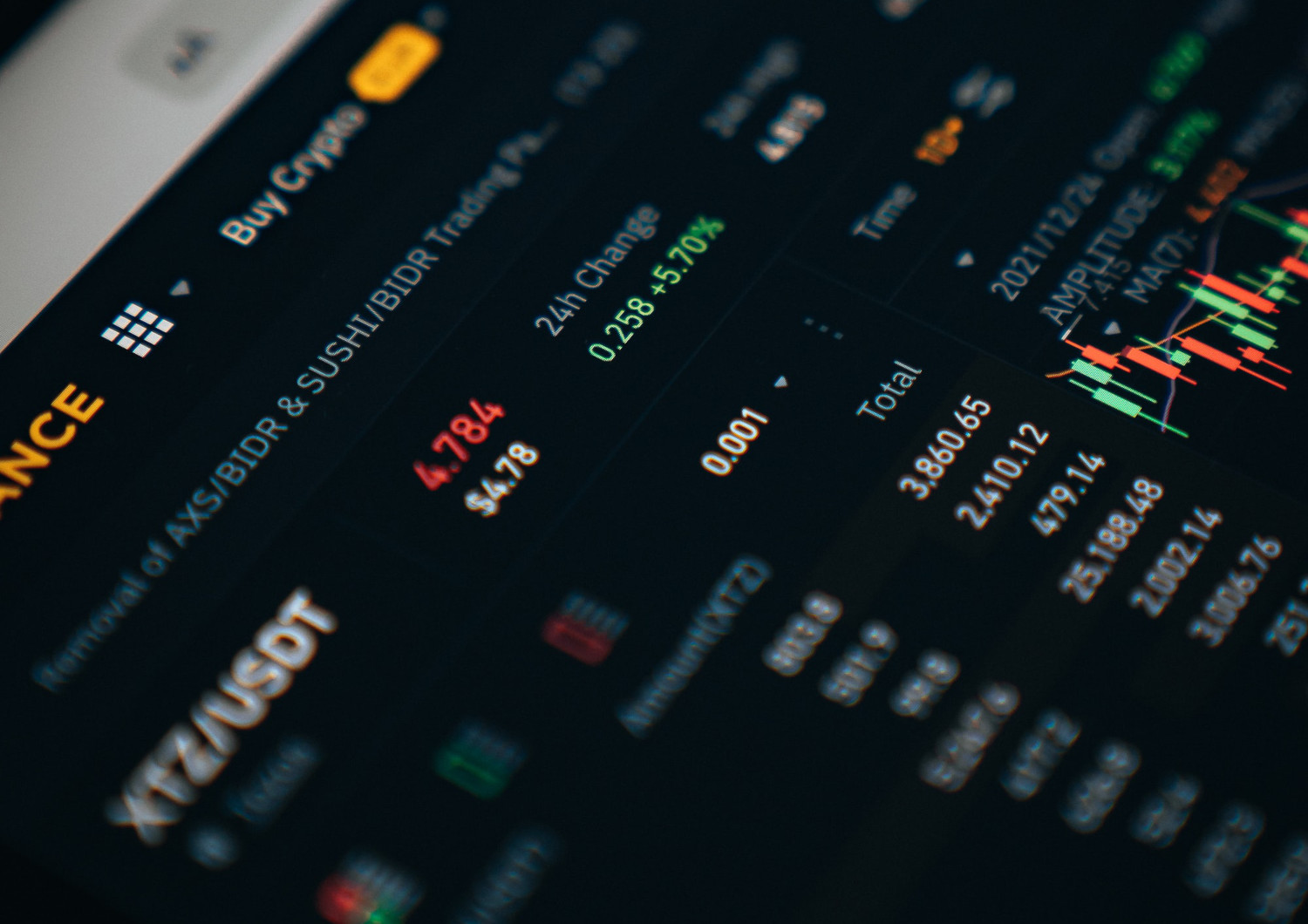
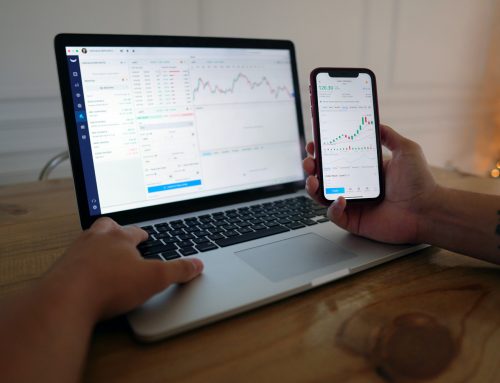

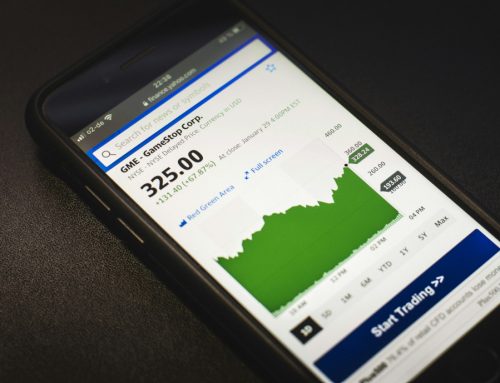
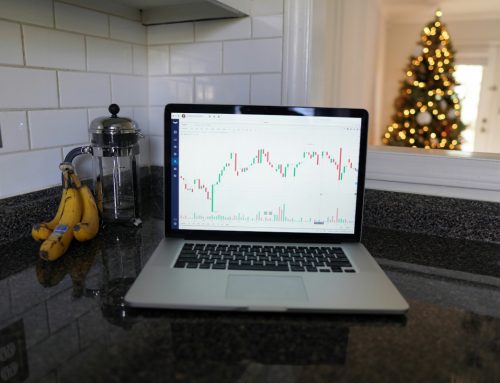
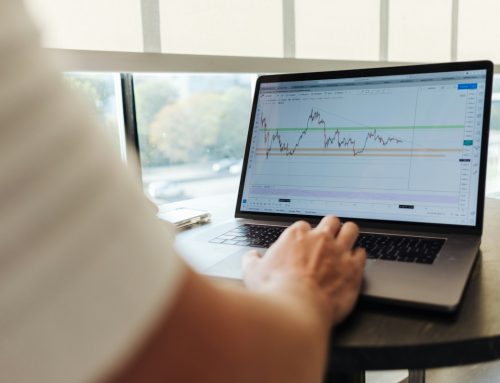

Leave A Comment